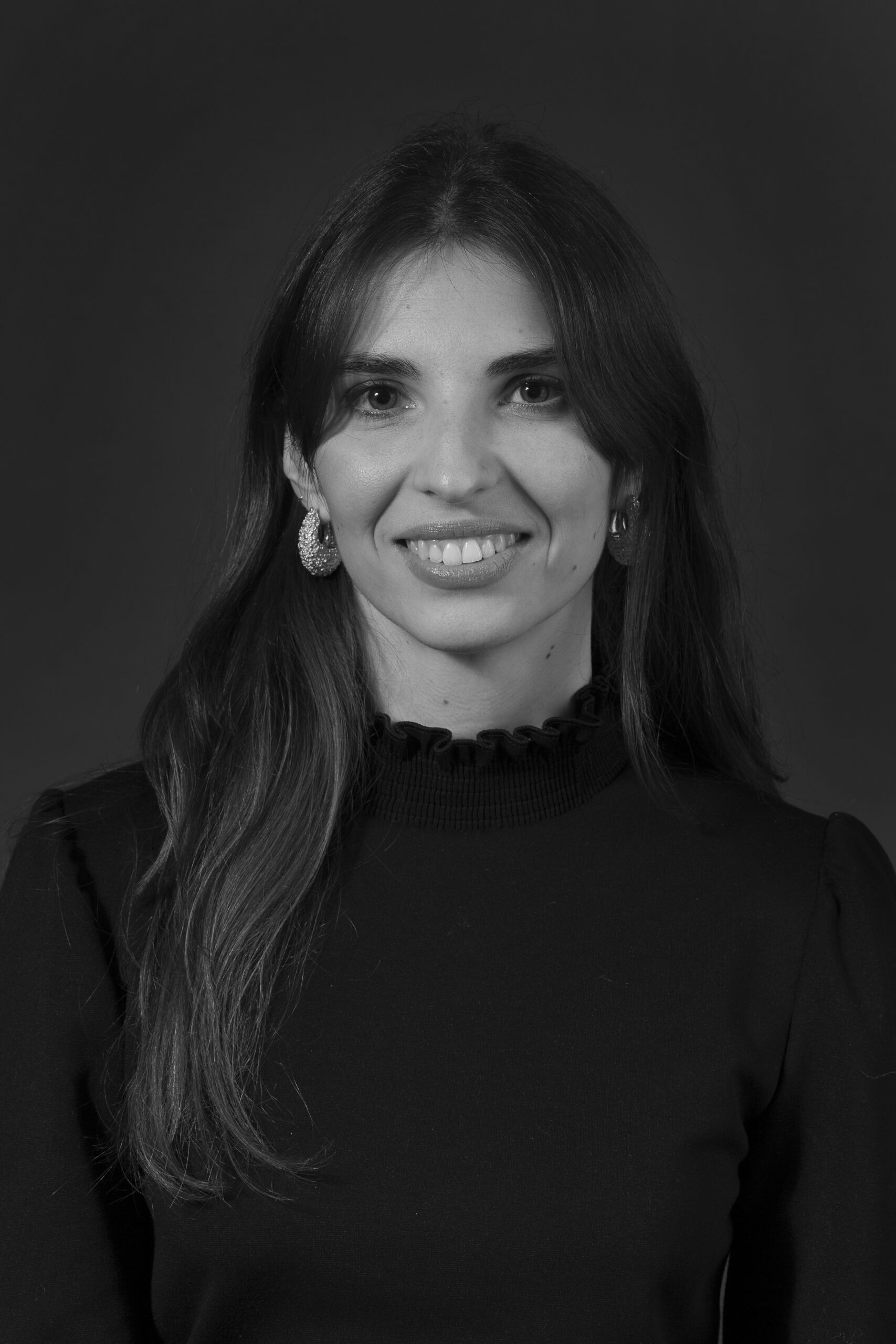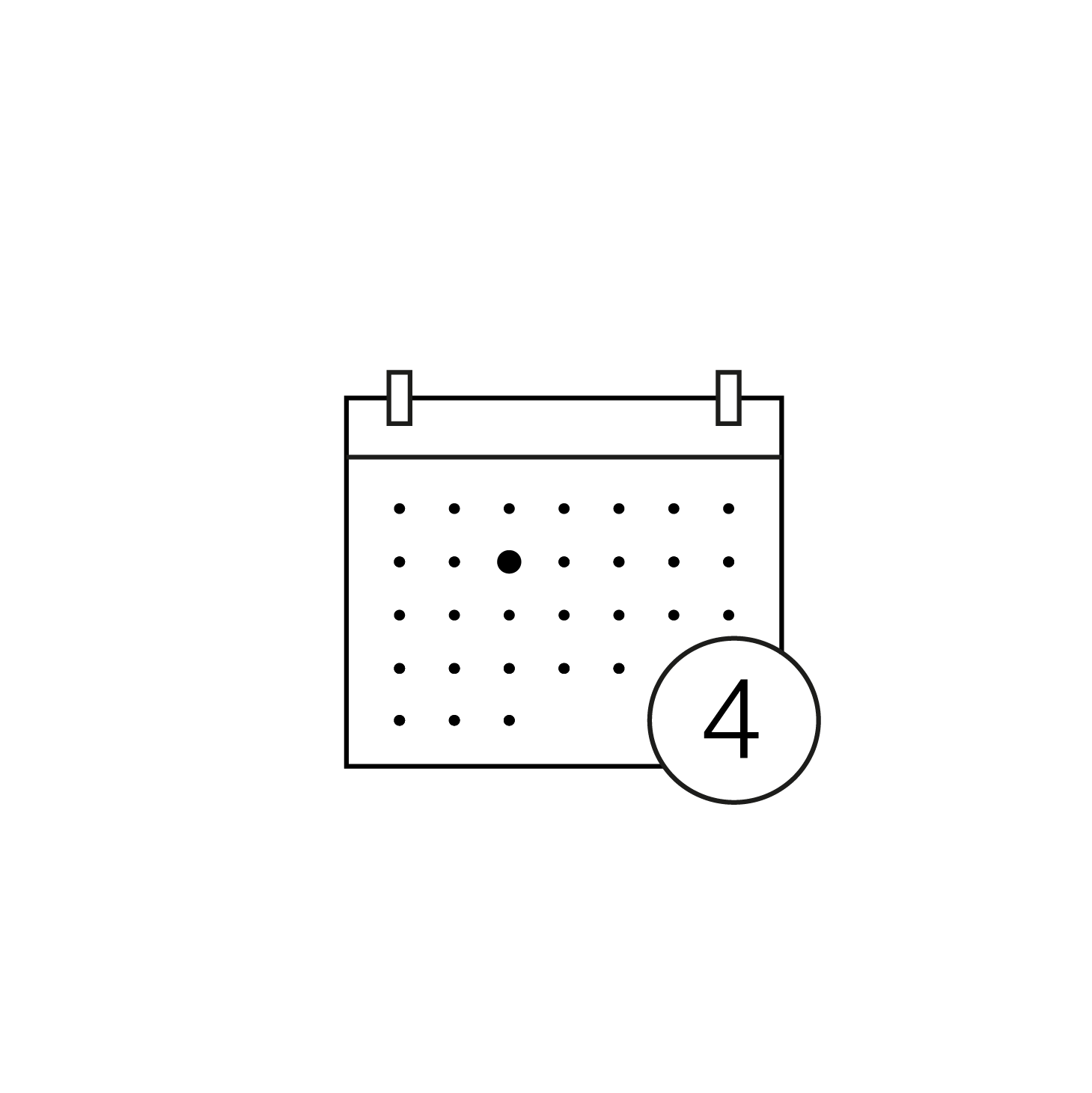Born into a family of notaries in Figueras in 1904, Salvador Dalí quickly showed an inclination for the visual arts and literature.
Initiated to painting by a local artist in his early childhood, and drawn to the great masters of the Renaissance and of the Spanish Golden Age, as well as to Impressionism, he began his studies at the prestigious San Fernando Academy of Fine Arts in Madrid in 1922. This was also when he met Garcia Lorca and Luis Buñuel who became key figures in the artistic and intellectual life of 20th century Spain. Dalí went to Paris for the first time in 1926, when he was introduced to Picasso. He met Joan Miró on his second visit in 1929, and Miró introduced him to the Surrealists, a group of which Dali soon became a prominent figure. It was also the year in which he met Gala who became his lifelong muse and companion. Frequenting the Surrealists and taking on their ideas was a turning point in Dalí’s career. From this time onwards he started to develop his famous paranoid-critical method as well as the fundamental themes which recurred throughout his work and formed the basis of his creation, such as death, metamorphosis, sexuality, mysticism, religion, and others, despite stylistic developments and changes.
See more










